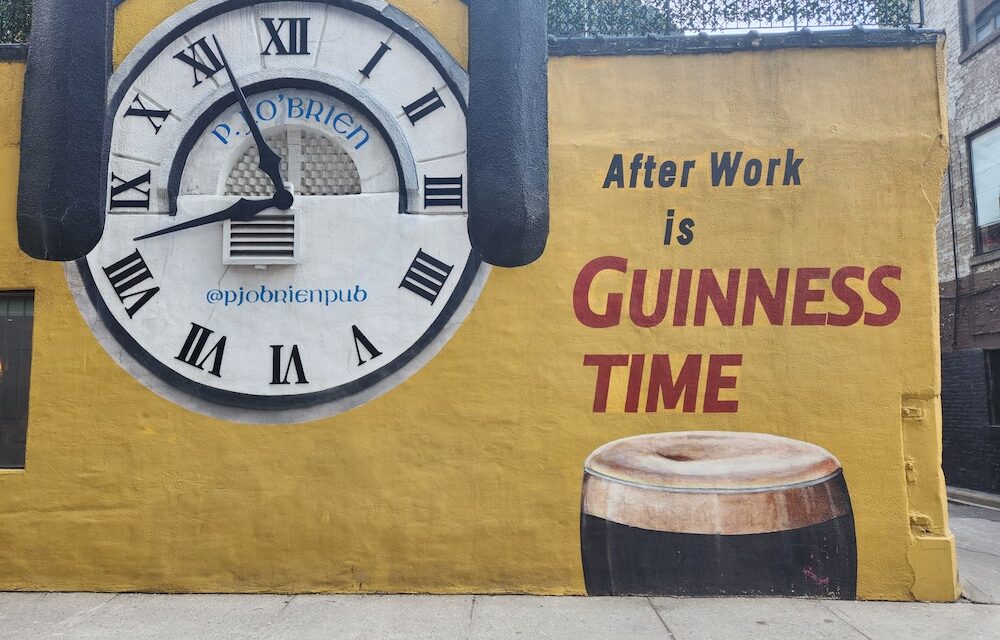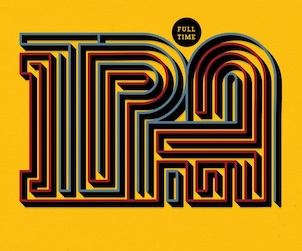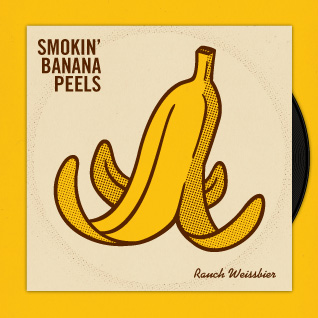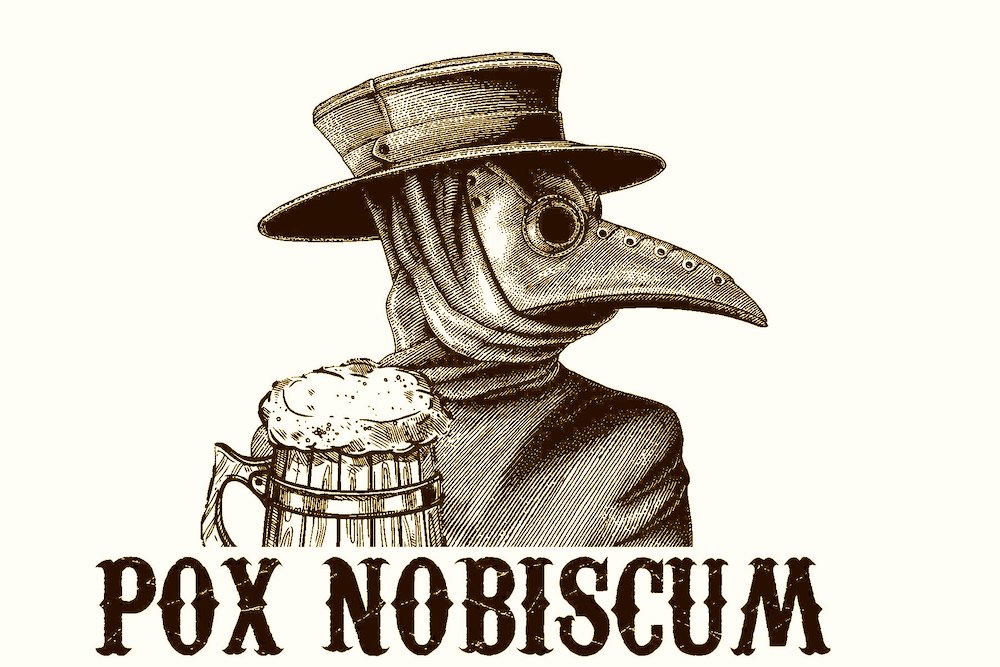“I have a question: Why does Guinness taste better in Ireland?”
This comes up more frequently than you might imagine. When I’m teaching people about the beers of Great Britain and Ireland, we start with Porter and Stout and carry on forward through history. I don’t know why it usually comes from someone sitting in the back row.
Sometimes, it doesn’t come in the form of a question. It will be a statement like, “Ah, but it’s better in Ireland!” or “Well, it’s nothing like it is in Dublin.”
It probably is quite like it, if we’re being scrupulously honest about it. The Guinness that we get in Canada is from Ireland. It comes from the same brewery at St. James Gate. The ingredients are the same. The version we get is probably filtered and is certainly pasteurized for shelf stability, but it’s fundamentally the same beer.
The question belies an important truth about Guinness. More than any other beer in the world, Guinness is about feel.
It’s very easy, from my point of view, to forget that the average man in the street doesn’t actually know anything about beer. They know it comes out of a tap. They know it comes in kegs. They know they like it most of the time and that they don’t like it some of the time. For the most part, people are happy to go to a pub and drink a cold beer and watch the hockey without thinking about it very much beyond the first sip, and what that demarcates at the end of the day: Work is over and we’re happy now.
I suspect the fact that people have opinions about Guinness has something to do with its cumulative monolithic cultural stature. No other beer really has its own day. I used to dread writing the annual St. Patrick’s Day column for The Sun because what else can you say about it? It felt, at the time, self evident.
You don’t get to St. Patrick’s Day and declare loudly that you’re going to have a Murphy’s or a Beamish or even the vastly superior O’Hara’s. Stout means Guinness. You mean to have a Guinness. You don’t get to St. Patrick’s Day and declare loudly that you’re going to have a Kilkenny or a Smithwicks or a Harp. They might be on offer and you might sneak one in, especially if you end up somewhere with the whole set. No. Ireland means Guinness. You mean to have a Guinness.
Whether it’s Flann O’Brien or James Joyce or Brendan Behan or Shane McGowan or Roddy Doyle or Brendan Gleeson and Colin Farrel or Frank and Malachi McCourt, if a stout is mentioned, you’re going to assume it’s a Guinness. If you see a black beer in a picture, it’s not a Porter or an Imperial Stout or a Schwarzbier or a Tmavy. Ah, no. That lad’s drinking a Guinness.
Everywhere in the world, a pint of the black stuff is Guinness. The version we have now didn’t exist until 200 years into the brewery’s run, and yet we assume its omnipresence throughout human history. The Guinness website goes to some great lengths to point out it’s actually a dark Ruby Red, but such is the place the beer holds in the public consciousness that it’s Black. The comedian Al Murray says they wring out penguins to get the colour in there. Vinnie Jones says he’ll have a pint of the Black Stuff, landlord. Don’t mess with Bullet Tooth Tony.
You can tell people that it’s a light beer. It’s 4.2%. It’s about 35 calories per 100 ml, lower than most beers per pint, in fact. They’ll tell you it’s a meal in a glass. “That’s full of iron, that,” they’ll say, adopting a cadence from a country they’ve never visited except as a layover. “They used to give that to nursing mothers to help bring their milk in,” they’ll say to you, regardless of the fact that they’re not licensed obstetricians or licensed at all.
The bubbles, when you pour the beer out of that specialized spigot, go the wrong way and condense into a pillow of foam atop the glass. The specialized nitrogen tap and pouring equipment mean that it’s more likely to be standard at any bar than any other beer, and yet it’s the one beer where people have opinions about which bars pour it better.
At Noonan’s, for example, the yellowed walls of which recall the nicotine stains on whitewash of some Barrytown pub’s snug, I find it a little acidic. At McVeigh’s, I find it somewhat fresher-tasting, possibly simply because the room is darker, but they also get through more of it. At Dublin Calling, I’m too old to go there, but the pints are $6.95 all day.
I am a seasoned beer industry professional, and even I can’t tell you if the brewery blends in old product to make it taste more vinous or whether that is simply a rumour. My mate James malted barley for the brewery at 14 and even he has opinions about which pubs pour a good pint.
Is it meant to be poured for 119 seconds? Who knows! People have opinions about it. Probably they pour it in two steps because it turned out to be faster when you were serving tourists at the brewery. Is it better served super cold in the UK? There sure are people who think so, although there are others that think it flattens the flavour profile. Some people just want to neck eight of them as quickly as possible, such is their love for it.
It took me five years of teaching to realize the widget in the can is there to emulate cask service of the beer because thought just bounces completely off Guinness. It’s completely impenetrable to observation until you take it completely out of its element. But in its element? Undefeated champion of the world since 1759, even if they didn’t introduce this version until 1959.
Which is to say that it might taste better in Dublin because there’s some romance involved, pasteurization aside.
The good news is that if you’ve had to forebear from participation in St. Patrick’s Day, Guinness 0.05% does all the same stuff. The widget squeaks and sucks when you open the can, the nitrogen makes the bubbles flow upwards, you can serve it as cold as you like, and given that it’s lower in calories than the genuine article, you can have as much as you like. You can listen to the Pogues and generally put on a bit of an accent and wear some green and think fondly of someone else’s homeland.







